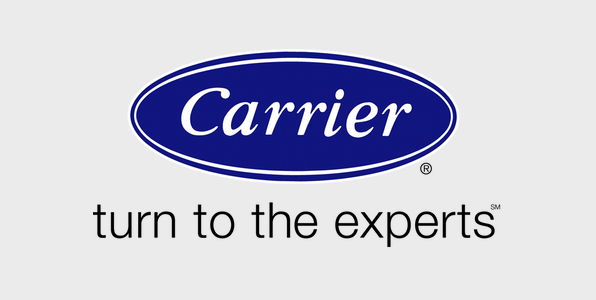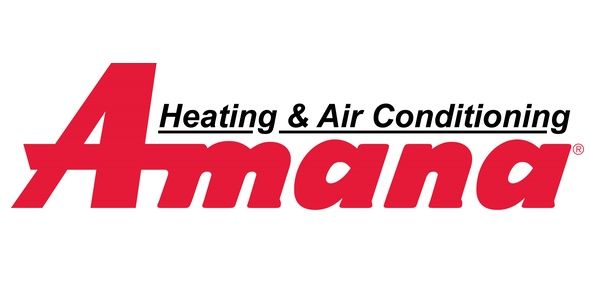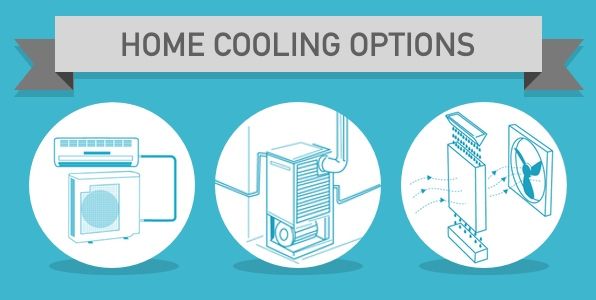Brand Highlight: Carrier (History, Products and More)
The History of Carrier
Approximately 87% of American households use air conditioning units, and these devices are actually more popular than garages, dining rooms, and dishwashers. Providing a way for homeowners to manage and maintain the temperature of their home, Air conditioning systems make life more comfortable for the masses.
Carrier, the company behind the birth of the modern air conditioner, is credited for giving the world some of the most innovative products it has ever seen in regards to home comfort. In fact, from the initial invention in 1902, Carrier have been consistently setting the standard for effective and efficient cooling systems across the United States. When you combine incredible performance with dedicated customer service, it’s no surprise that Carrier has remained a popular and beloved brand for over a century.
When it comes to air conditioning history, Carrier’s story may be the most important in the market. In 1902, Willis Haviland Carrier invented the very first modern air conditioner – developing design principles that are still used today. As a skilled engineer, Carrier began experimenting with humidity control in an effort to manage problems at a local printing plant in Brooklyn. He borrowed concepts established with the introduction of mechanical refrigeration in earlier years, sending air through coils filled with cool water to lower the temperature, while removing moisture to control humidity.
By the 1920s, the introduction of residential air conditioning helped to begin migration towards the Sun Belt, opening up a significant portion of the United States. In 1933, Carrier developed a new form of air conditioner using a belt-driven condenser and blower, which quickly became the model for emerging air-cooling systems throughout the U.S. Today, our current air conditioners still operate on the same science as Carrier’s 1933 systems, but incorporate new advancements in diagnostics, electronic sensors, vapor compression, materials, and of course, energy efficiency. In fact, Carrier’s “Infinity” air conditioner features some of the most advanced components for a quieter, incredibly efficient performance.
From 1902 all the way up to today, the Carrier Corporation has cultivated a history of innovation in the air conditioning, heating, and refrigeration industry.
Carrier Products
The modern Carrier product line is extensive, so as to provide a wide range of heating and cooling options to residential and commercial consumers. In order to cater for all buildings and applications, the systems provided by Carrier span from air handling units, to heat pumps, and Moduline air diffusers, the types of products offered include:
Air Handling Units – designed to deliver heating, cooling, humidity control and air filtration for various buildings.
Chillers – offered in a wide range of formats, capacities and created with features for high efficiency and high performance at a low price.
Heat Pumps – high efficiency contributions to the sustainability of green buildings, Carrier heat pumps offer industry-leading performance in three formats: air-to-water, water-to-water, and water-to-source.
HVAC Controls – intelligent integrated systems for efficient heat and cooling control.
Roof top units – compact and energy-efficient solutions for building ventilation and cooling.
Moduline air diffusers – quiet high-performing machines for superior indoor comfort.
Terminal devices – fan coil units and hybrid units designed to deliver the ideal cooling and heating solution for any building.
Why Buy Carrier Products?
Today, Carrier defines itself as the world-leader in high-quality and efficiency air conditioning, heating, and refrigeration solutions. Their goal is to deliver top-of-the-range choices for home comfort, providing services that create productive, healthy, and comfortable environments no matter the climate.
What’s more, Carrier differ from other companies in their dedication towards sustainable energy. Through the use of recycled carbon dioxide instead of synthetic refrigerants, Carrier is actively working towards balancing efficiency and performance with environmental sustainability in all of their refrigeration systems.
A company dedicated to quality, Carrier are committed to achieving excellence in everything from customer service, to the innovation and design of new products and services. From their original idea that changed the world back in 1902, Carrier use research and creativity to develop the way that we see air conditioning today.












